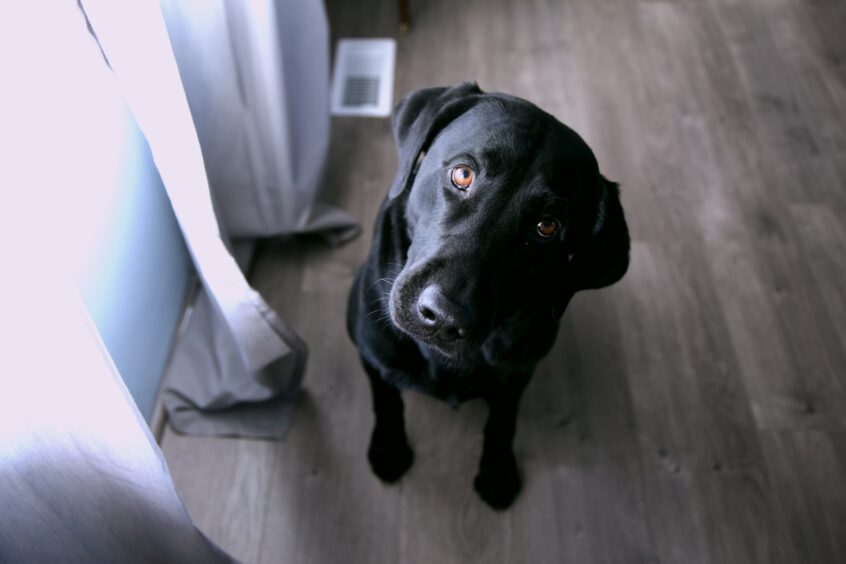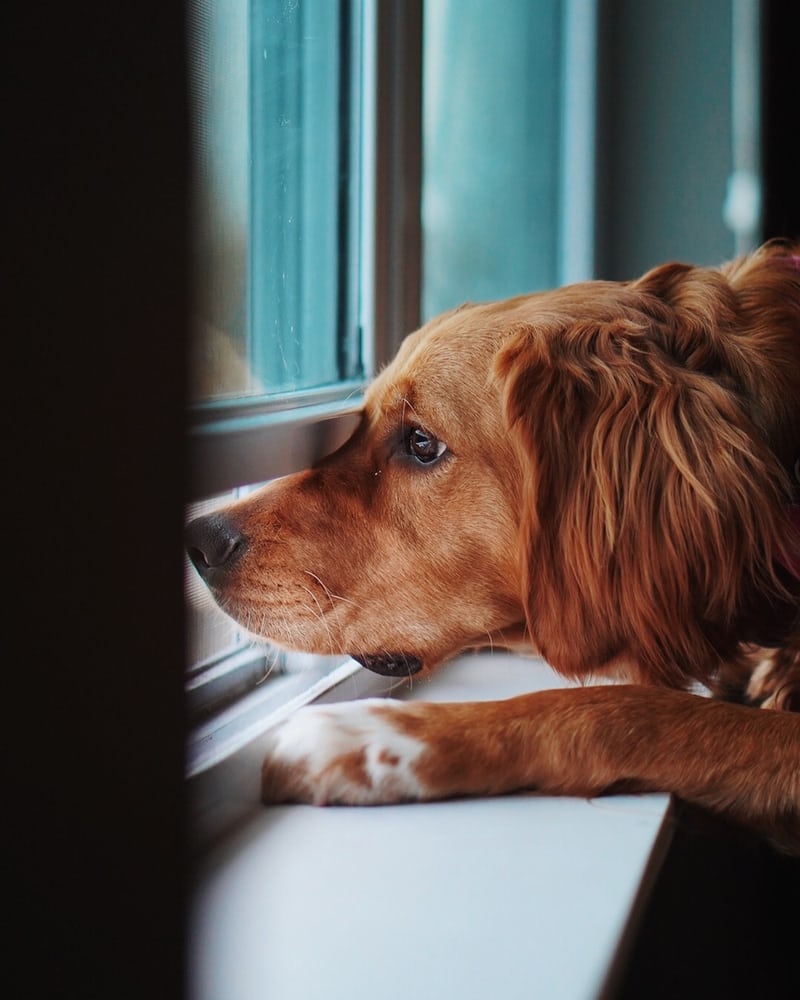Don’t Leave Me This Way

The covid pandemic has brought with it many challenges and uncertainties. Many of us will be experiencing increased anxiety and the same is true for our pets. As we hopefully move towards a more normal world and lockdown restrictions begin to be lifted, we will go through another period of change in our lives. This too will affect our pets and below I will discuss the subject of Separation Anxiety in Dogs.
For those cat lovers amongst us, sorry, this article will focus on our canine friends. Although cats do suffer from separation anxiety, they do far better as a solitary animal, and it is beyond the scope of this article to discuss.
Whether you have been working from home or simply spending far more time at home during weekends and evenings, our pets have got used to us being around more. Dogs particularly are very social animals and would naturally live in family groups. They would normally choose to be in our company, so when we have been around a lot, and this then changes, we need to prepare them for this change.
Symptoms of separation anxiety include:
- Vocalisation- barking, whining or howling
- Panting and drooling
- Pacing
- Inappropriate toileting
These are normally worst in the first 10-20 minutes. They may then settle but will often then chew something with their owner’s scent on and surround themselves with it for comfort.
You must remember that although is it natural to be annoyed or angry that your home or possessions have been damaged, punishment will not help. If your dog looks guilty, this is nothing more than them responding to your disappointment or anger and they are trying to diffuse the situation and appease you. If you then punish them, you will often make things worse. Dogs associate punishment with what is happening at the time and not with the act that you are annoyed about. They will therefore be not only anxious about being left alone but become scared on your return.
We therefore need to train them to be left alone. If you have got a new dog during the last year or your routines are likely to change in the coming months, now is a good time to start.
Training takes time and cannot be rushed.
Key tips:
- First try leaving them on their own in a room of the house while you are still around. (Stair gates and chew toys are useful tools for this step). Go about your normal daily routine.
- When they are comfortable with this try leaving house for a few minutes using the same distraction techniques (chew and toys).
- If they react negatively to you preparing to leave the house you may need to desensitise them to the sounds and actions of you putting on your coat, shoes or getting your keys.
- Once you have managed to leave them for a short length of time, slowly increase the length of time that they are left alone.
- On your return try to keep your greeting with them controlled and predictable and remember, avoid the temptation to punish them if they have toileted or chewed inappropriately.
If you and your dog are struggling with behavioural issues, please seek professional advice. Your vet will be able to help you find a reputable behaviourist. Also visit: www.apbc.org.uk and www.abtc.org.uk







